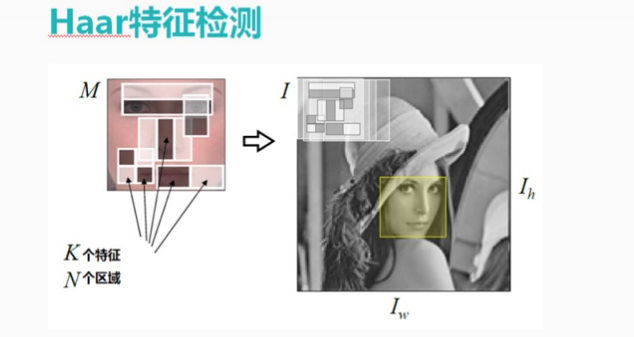具体代码请看:NDKPractice项目的opencv69
人脸检测分为以下几步
- 特征提取:边缘,角点,点,线,平坦区
- 训练样本:正向样,负向样本 (xml文件)
- 特征匹配:DDM , detection (发现) description (描述) matching (匹配)
1. HOG(Histogram of Oriented Gradient) 特征检测的实现原理
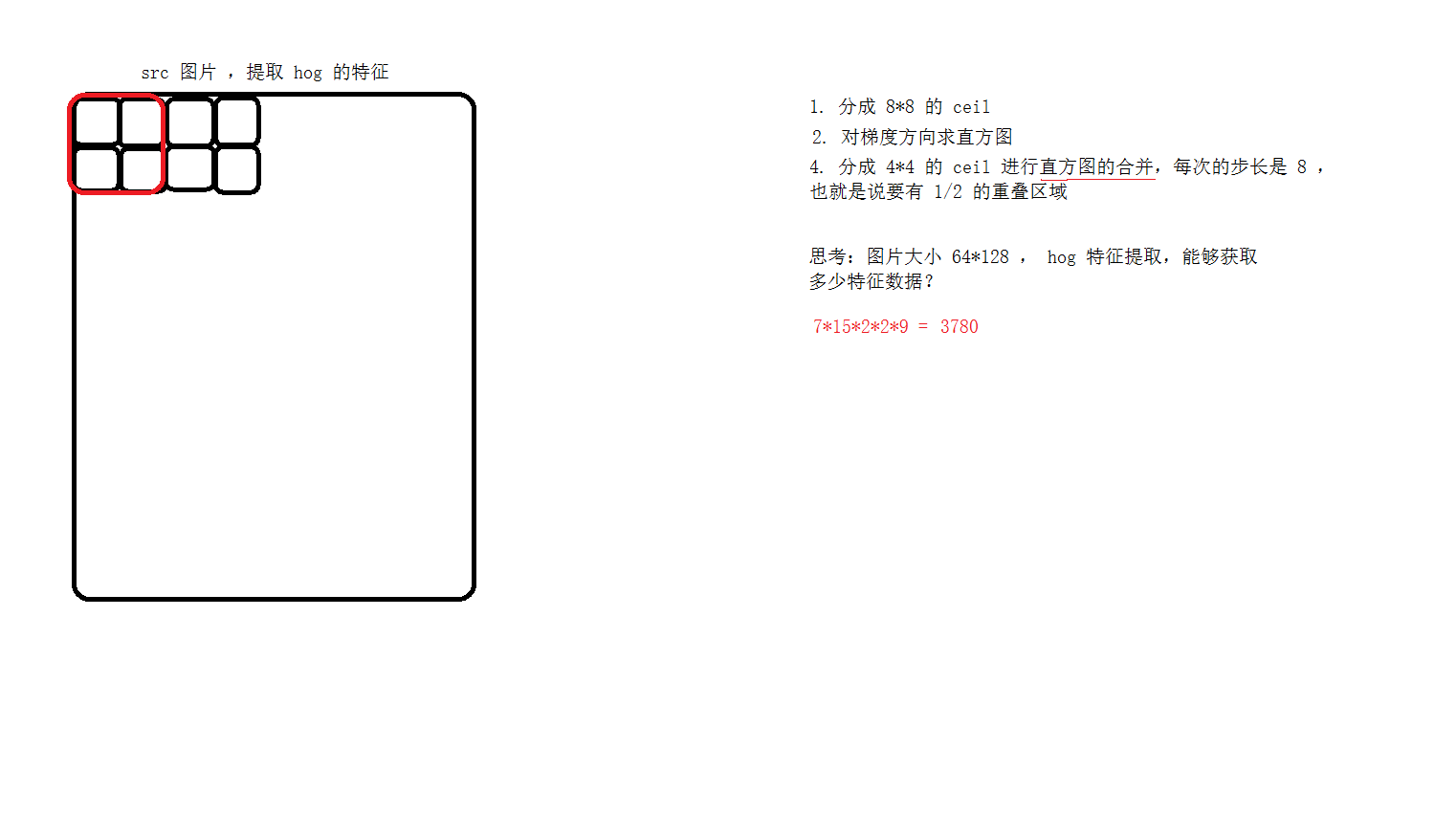
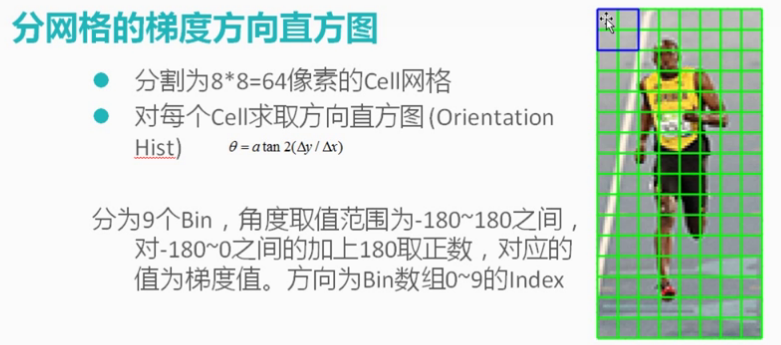
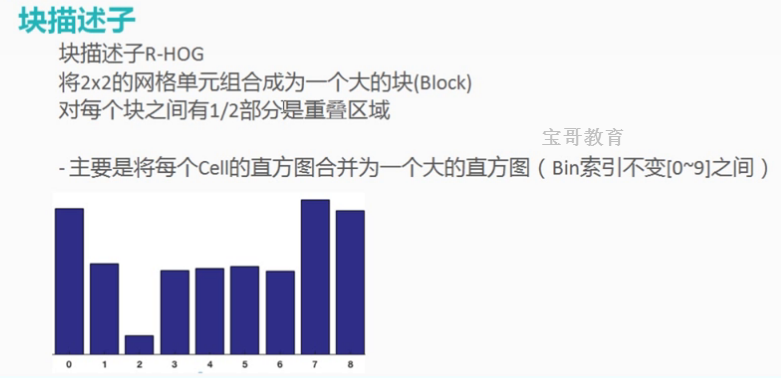
HOG特征提取流程可分为5个部分:检测窗口、归一化图像、计算梯度、统计直方图、梯度直方图归一化、得到HOG特征向量,以下介绍下检测窗口
1.1 检测窗口:
HOG通过窗口(window)和块(block)将图像进行分割。通过以细胞(cell)为单位,对图像某一区域的像素值进行数学计算处理。在此先介绍窗口(window)、块(block)和细胞(cell)的概念及之间的联系。
- 窗口(window):将图像按一定大小分割成多个相同的窗口,滑动。
- 块(block):将每个窗口按一定大小分割成多个相同的块,滑动。
- 细胞(cell):将每个窗口按一定大小分割成多个相同的细胞,属于特征提取的单元,静止不动。
- 图像(image)->检测窗口(win)->图像块(block)->细胞单元(cell)
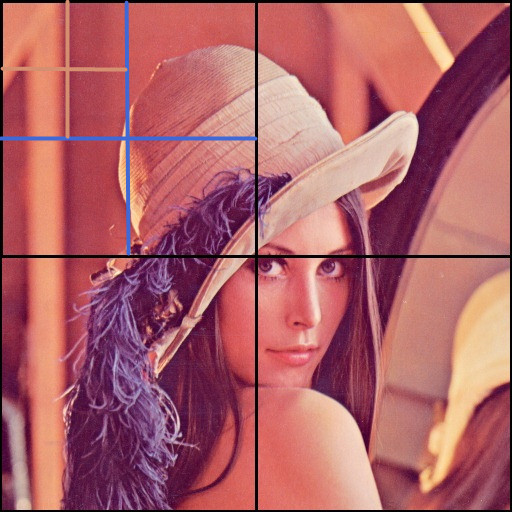
2. 实现行人检测
1 | // 实现行人检测 |
3.LBP (Local Binary Patterns)特征介绍
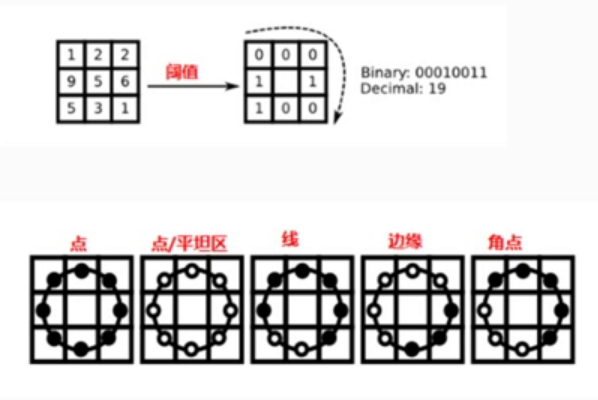
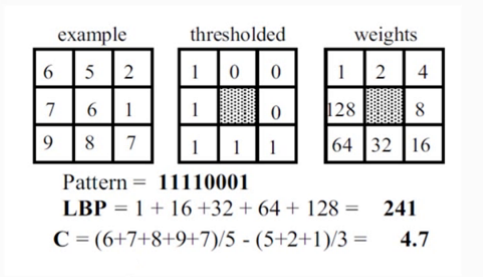
4.手写 LBP 特征算法实现
1 | Java_com_east_opencv69_MainActivity_lbpBitmap(JNIEnv *env, jobject thiz, jobject bitmap) { |
5.haar 特征介绍
